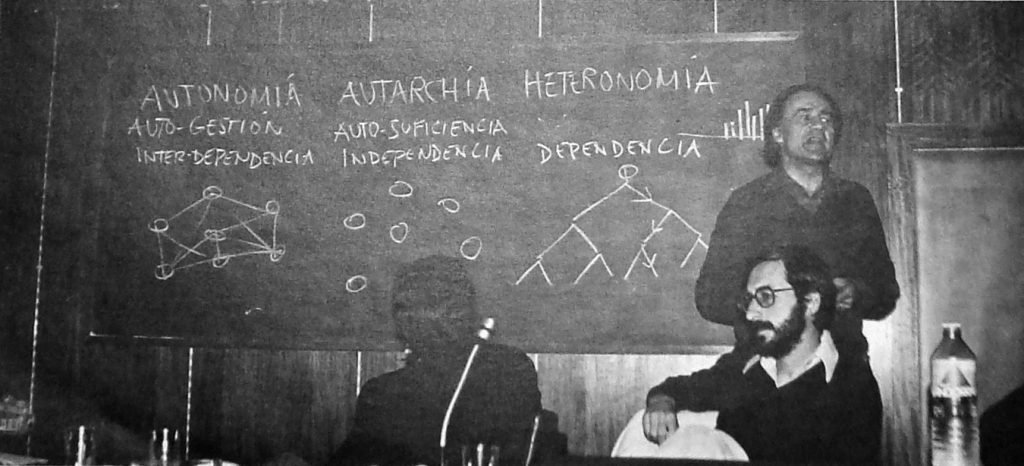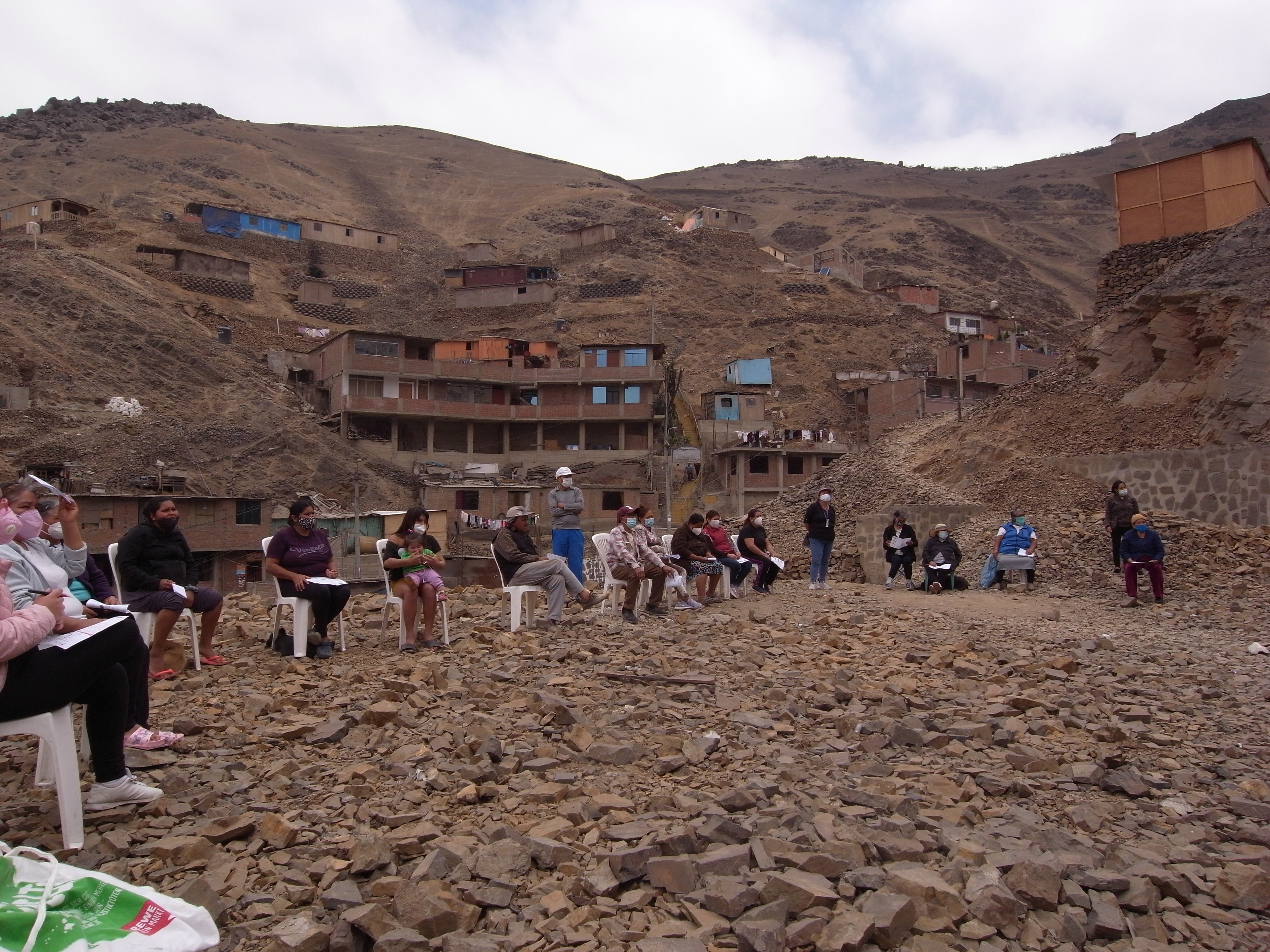Tracking organizations in informal housing process
Searching the roots of system operation
A radical approach is suggested to the study of the informal urbanization process. This method employs dialectics to “critically understand the system… (and) to alter it fundamentally” (Sciabarra 1995)1. In this regard, it could be operative to employ Hayek’s general social theory. This conceptual framework “values the expanding division of labor, the market and the common law… because they embody discovery”1.
From this social evolutive approach, the urbanization process in Lima, is viewed as the functioning of an self-organized system progressing towards the fullfilment of ever changing social and economic needs. The relations between its components are highlighted to identify the most relevant relationships and its related procesures that generate organizational learning and social knowledge.
Therefore, lines of action can be devised taking into account the most relevant relationships that generate desired outcomes, while also expected unintended consequences. Both of the resulting social and spatial outcomes comes along within a mix of normative and informal framework of operating rules among skateholders.
 Autonomy
Autonomy
Setting the degrees of emergent organization
At the macro-scale level of local institutions, the actual arrangement of municipal management related to the housing issue is composed by organizations designed under the modernist parameters of planning. However, along with the normative setting the implementation and actual urban fabric emerges espontaneously. Thus, rules that impose land use zoning or house construction parameters, are accomodated to the reality of informal settlers.
This trade off reflects an issue occurring in the housing strugle field, it is “the crucial choice in contemporary social policy is not between a fully emergent and a fully designed order, but between degrees of each”1. Also the process is helping to characterize the degree of relevance this topic have to the peruvian society, where informal rules permeate every economic activity including the access to housing.
In this regard, this article seeks to frame “a clear enough standard by which to distinguish spontaneous institutions from designed organizations”1. An approriate standard emerging from this discussion, could be the level of involvement and participation of stakeholders, to impose its informal rules weakening designed norms and adapting it to their self-build reality at micro-scale.
 Participation (Source: Peña, 2020)
Participation (Source: Peña, 2020)
Undescifrable emergent whole
The above exposed argument assumes that social institutions are the “unintended product of human interaction”1. As it is, their future condition becomes difficult to track, because it would require a great ammount of information on the intentions of each actor involved in such informal relations.
Thus, what is more attainable is to focus on tracing the whole procedure of informal housing realization, specifically the self-generated and particular common law, whose enactment is continuously practiced, validating the informal way of life, which is also observable.
The limits of these informal deviations to the norms are flexible, and attains mainly to allowing the operation of the newly created free housing market at marginal land. This form of urbanization requires political action at neighborhood level, in order to engage other actors in the relationship seeking and consolidation process of lobbying for public resources. Finally, social inequalities in access to housing are leveraged in this market.